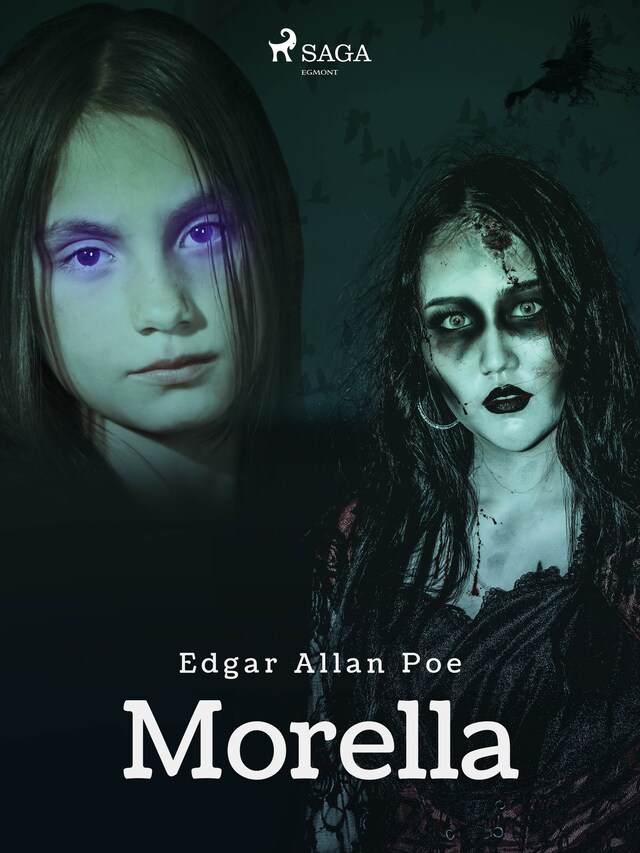
Morella
Description of the book
Poe’s symptomatic need to portray dying or already dead women is evocative of his own failed and miserably spent marriage life to his young cousin. "Morella", in a way similar to "Ligeia", explores man’s infatuation with fatal women, and how difficult one’s life becomes once this woman gains access to knowledge and freedom. The vampiric Morella is a personification of the narrator’s sin, and the themes of dying and resurrection reign supreme in other stories as well, such as "The Fall of the House of Usher" and "Berenice". The story is adapted into a movie by "the pope of popular cinema" Roger Corman in 1962.
Edgar Allan Poe (1809-1849) was an American poet, author, and literary critic. Most famous for his poetry, short stories, and tales of the supernatural, mysterious, and macabre, he is also regarded as the inventor of the detective genre and a contributor to the emergence of science fiction, dark romanticism, and weird fiction. His most famous works include "The Raven" (1945), "The Black Cat" (1943), and "The Gold-Bug" (1843).
Format:
Language:
English
What others think
Reviews of Morella
Book
Not enough ratings yet


